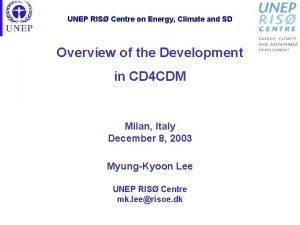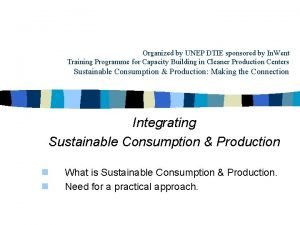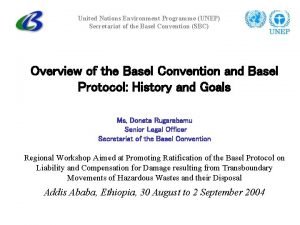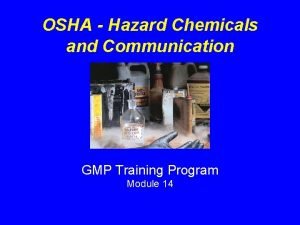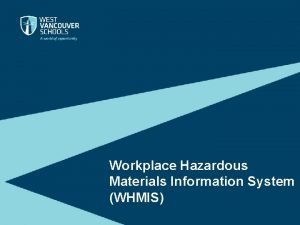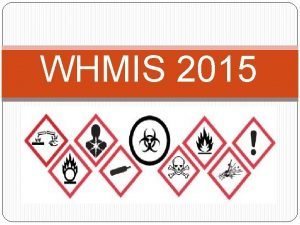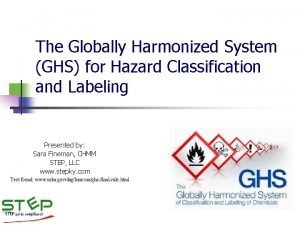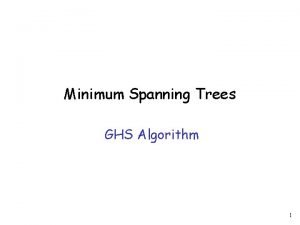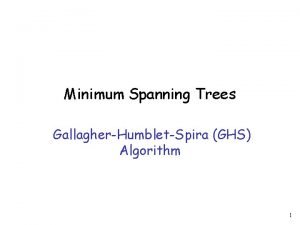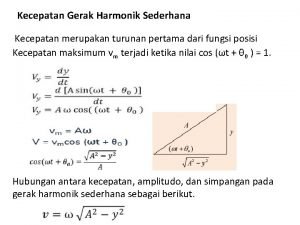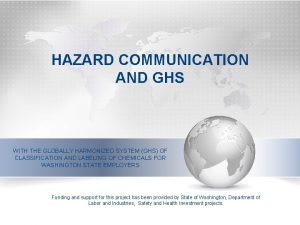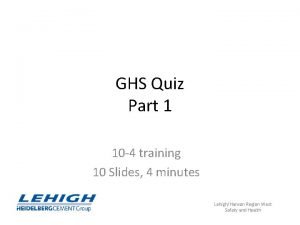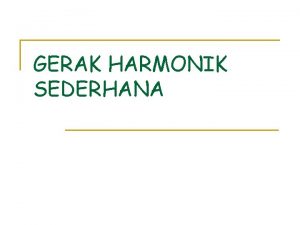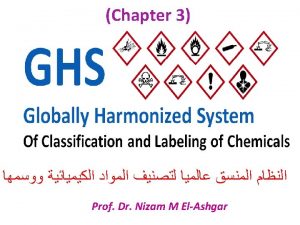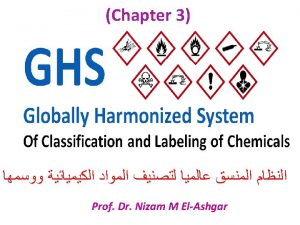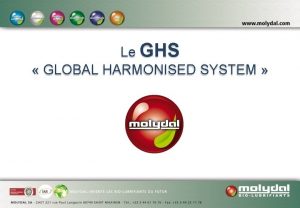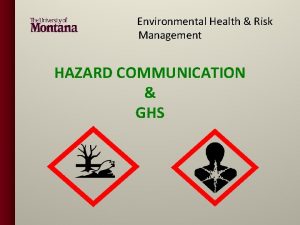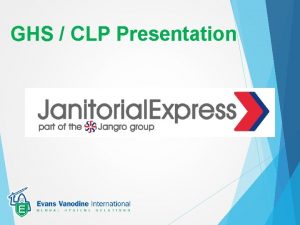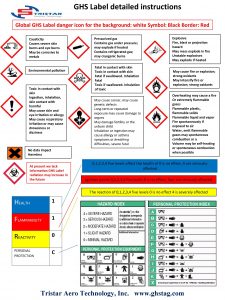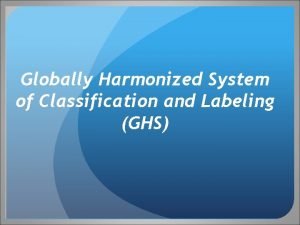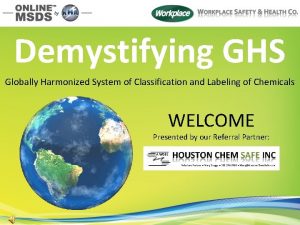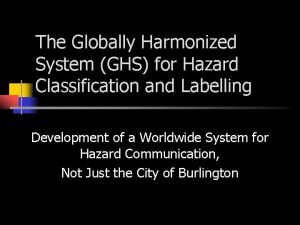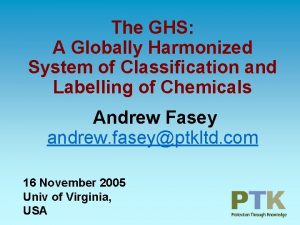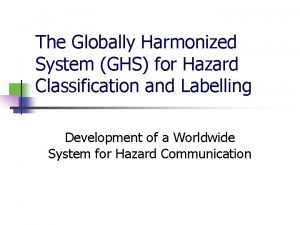DG and GHS Classification System UNEP ICCA Workshop



















- Slides: 19

DG and GHS Classification System UNEP / ICCA Workshop TEMA June 2014 1

Classification of Chemicals 2

Dangerous Goods can be either a SUBSTANCE or an ARTICLE: • • • Gunpowder is a SUBSTANCE but in fireworks, it becomes an ARTICLE. Lithium is a SUBSTANCE but a battery containing lithium is an ARTICLE. Dangerous Goods (DG) are sometimes referred to as Hazardous Materials (Hazmat), Hazardous Substances (Haz Subs) and Dangerous Substances (DS). 3

The UN System for identifying a DG for transport, storage and handling assigns key identifiers: • • • Proper Shipping Name. UN Number. Classification. 4

Proper Shipping Name (PSN) The name that MUST be quoted on all packages, bulk containers and documentation. • A chemical or product may have several different names. The designated UN PSN MUST be used. • 5

Proper Shipping Name Most accurate description of the item on the DG list, e. g. Potassium Cyanide together with Class and Description: UN 1680 Potassium Cyanide, Solid 6. 1 6

UN Number Overcome Language Barrier 1001– 0999 Explosives. 1000– ØPure chemicals, e. g. Acetone, Sulphuric Acid. ØGeneric ‘families’ of chemicals, e. g. Flammable Liquid. ØNot Otherwise Specified (N. O. S) 7

Not Otherwise Specified (N. O. S) • Some PSNs cover ‘families’ of chemicals which cannot be considered hazardous. These items are ALWAYS shown as N. O. S. following the PSN. • After the N. O. S. the Active or ‘Hazardous’ product must then be shown in brackets. This provides important information for Emergency Responders. Example: Flammable Liquids N. O. S. (contains isopropanol). 8

UN Number Four digit numerical sequence that runs from 0001 to 3472. 0001 – 0999 Class 1 Explosives. • 1000 – All other chemicals and products. • 9

UN Classes • There are 9 Classes of DG allocated to Divisions. • Classes are identified by coloured, diamond shaped labels or placards. 10

11

12

13

14


Packing Group • Indicates the degree of danger. • Used only for Classes 3, 4, 5. 1, 6. 1, 8 and 9. • Always shown in Roman Numerals. • Determines handling, storage, packaging and transport requirements. Packing Group III High danger Medium danger Low danger 16

Multiple Hazards Mixtures: Ingredient A Flammable Liquid. Ingredient B Toxic Liquid. Identify Packing Group for each hazard Class 3 Class 6. 1 PG III Assign to highest hazard PG II 17

• Must be displayed on all transport units (trucks, freight containers, tanks) carrying DG. • Must be displayed on all vehicles carrying Bulk DG. 18

1
 Icca scandinavian chapter meeting 2021
Icca scandinavian chapter meeting 2021 Unep
Unep Unep
Unep Unep secretariat
Unep secretariat Unep
Unep Unep live
Unep live монтенегро
монтенегро Unep mandate
Unep mandate Osha hazard and ghs training regulation cfr 1910
Osha hazard and ghs training regulation cfr 1910 What does sds stand for in whmis
What does sds stand for in whmis 2 types of whmis labels
2 types of whmis labels Ghs acronym whmis
Ghs acronym whmis Physical hazards
Physical hazards Ghs algorithm
Ghs algorithm Ghs algorithm
Ghs algorithm Rumus percepatan getaran harmonik
Rumus percepatan getaran harmonik Ghs signal words
Ghs signal words Ghs quiz
Ghs quiz Pengertian ghs
Pengertian ghs Beban 75 gram yang digantung vertikal pada sebuah pegas
Beban 75 gram yang digantung vertikal pada sebuah pegas

